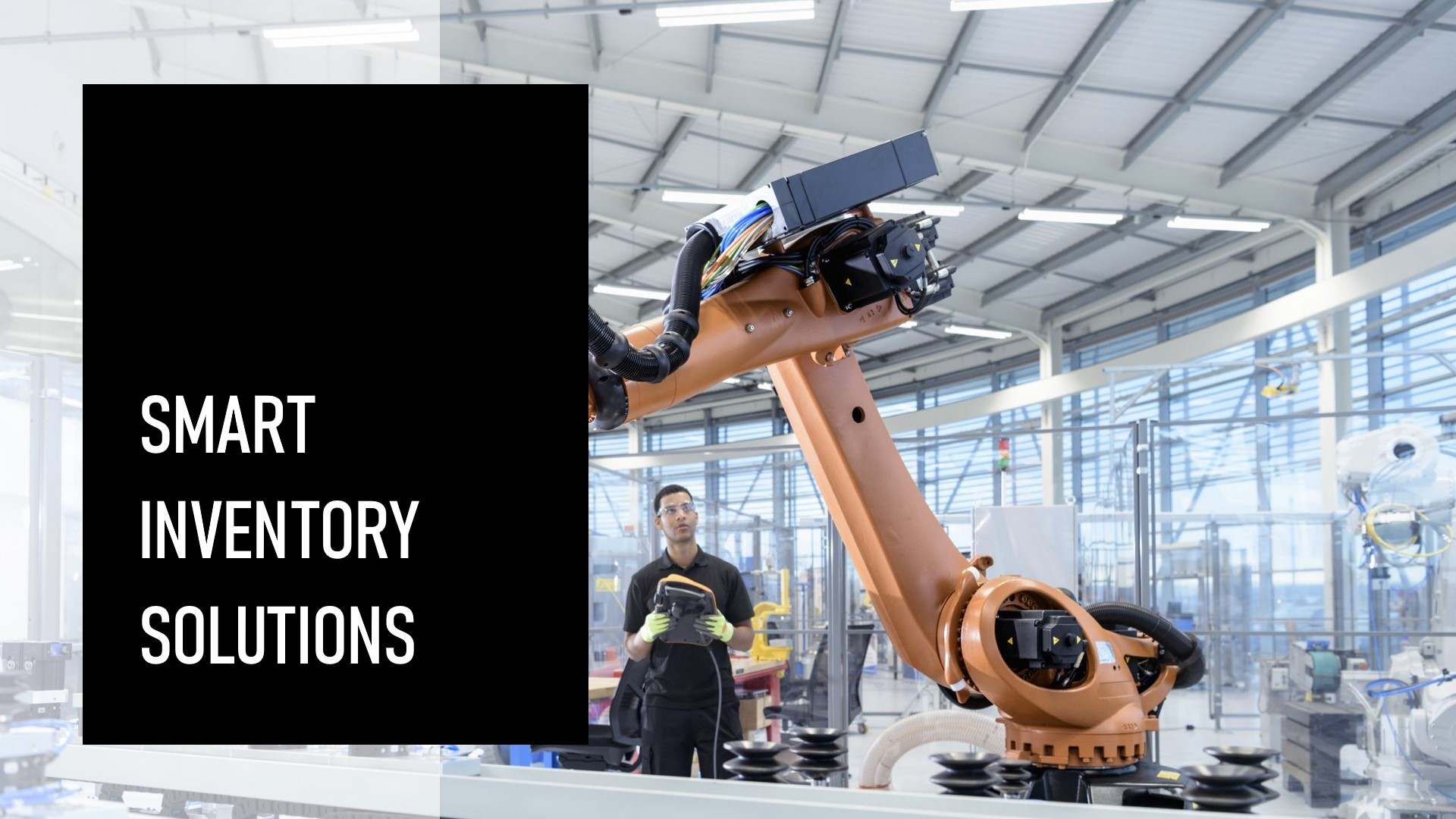Smart Inventory Solutions: Boosting Supply Chain Efficiency Through Automation
Published: Nov 26, 02:05 PM

Supply chain inventory automation has transformed the logistics and manufacturing industries by streamlining inventory management processes. This technology leverages automation tools, artificial intelligence (AI), Internet of Things (IoT), and machine learning to improve inventory tracking, forecasting, and replenishment, ultimately enhancing efficiency and accuracy across the supply chain.
Understanding Supply Chain Inventory Automation
Supply chain inventory automation refers to the use of automated systems and software to manage and control inventory levels within a supply chain. This includes everything from warehousing and order management to stock replenishment and demand forecasting. Traditionally, inventory management has been labor-intensive and error-prone, relying heavily on manual entry and periodic checks. Automation addresses these challenges by enabling real-time visibility, reducing human error, and optimizing resources.
Key Components of Supply Chain Inventory Automation:
- Automated Data Collection: Using IoT-enabled sensors, RFID tags, and barcode scanners to capture real-time data about stock levels, product locations, and movement.
- AI and Machine Learning Algorithms: These algorithms process vast amounts of data, enabling more accurate demand forecasting, order optimization, and stock replenishment.
- Robotic Process Automation (RPA): Automates repetitive tasks like data entry, inventory checks, and reordering, which minimizes human errors and labor costs.
- Warehouse Robotics: Robots and autonomous vehicles perform pick-and-pack operations, reducing the time and labor required for inventory management.
Advantages of Automating Inventory in the Supply Chain
Automation in inventory management offers several advantages, improving both short-term efficiency and long-term profitability.
- Enhanced Efficiency and Speed: Automation reduces the time spent on manual tasks such as stock counting, order picking, and data entry. Warehouses with robotic systems can manage inventory movements quickly and efficiently, minimizing operational delays.
- Improved Accuracy: Manual inventory processes are often prone to errors, leading to discrepancies between actual stock and recorded data. Automation minimizes these errors by using real-time data and sophisticated tracking systems.
- Reduced Operational Costs: Automated systems can reduce labor costs and lower the expenses associated with inventory holding, such as storage fees and spoilage costs, especially for perishable goods.
- Real-Time Inventory Visibility: IoT-enabled tracking and data analytics provide real-time visibility into inventory levels across multiple locations, which helps managers make informed decisions about restocking and distribution.
- Better Demand Forecasting and Planning: Machine learning algorithms analyze past sales, market trends, and external factors to predict demand more accurately, reducing the risks of overstocking or stockouts.
Challenges of Implementing Inventory Automation
While inventory automation presents many benefits, there are challenges that companies must address to maximize its potential.
- High Initial Investment: Implementing an automated inventory system can be costly due to the expenses associated with software, hardware, and training. However, the long-term savings can offset these initial costs.
- Complexity of Integration: Integrating new automation tools with existing supply chain systems and ERP (Enterprise Resource Planning) software can be complex and may require significant adjustments.
- Cybersecurity Risks: Automated systems that rely on IoT and data analytics are vulnerable to cyber threats. Strong cybersecurity measures are essential to protect sensitive data from breaches and unauthorized access.
- Employee Adaptation: Automation can disrupt traditional workflows, leading to resistance from employees. Providing adequate training and emphasizing the benefits of automation can help ease the transition.
Key Technologies Driving Inventory Automation
Several technologies play a crucial role in automating supply chain inventory management. Each of these technologies contributes to improving operational efficiency, accuracy, and decision-making.
- IoT (Internet of Things): IoT devices, such as RFID and GPS sensors, monitor inventory in real time and transmit data to centralized systems. This real-time tracking allows for immediate adjustments to stock levels and timely replenishment.
- AI and Machine Learning: AI-driven analytics provide valuable insights into inventory patterns, helping companies predict demand, optimize storage, and prevent stockouts or overstock situations.
- Warehouse Management Systems (WMS): WMS software automates key tasks such as order picking, inventory tracking, and space optimization, helping warehouse managers oversee operations more efficiently.
- Blockchain Technology: Blockchain creates a transparent, decentralized ledger of inventory transactions, reducing the risk of fraud, enhancing traceability, and building trust between stakeholders.
Future Trends in Supply Chain Inventory Automation
As technology advances, the scope of automation in supply chain inventory management is expected to grow even further. Some key trends include:
- Advanced Robotics: Warehouse robots are becoming more sophisticated, handling complex tasks like sorting, packing, and even quality control with minimal human intervention.
- Predictive Analytics and Prescriptive Analytics: Advanced analytics will continue to evolve, allowing companies to make proactive decisions, rather than reactive ones, by forecasting demand and prescribing optimal inventory actions.
- End-to-End Automation: From production to delivery, end-to-end automation is becoming a reality, with integrated systems managing the entire supply chain seamlessly.
- Autonomous Delivery: Drones and self-driving vehicles may become essential for inventory transportation in the near future, reducing delivery times and costs.
Conclusion
Supply chain inventory automation is no longer a luxury but a necessity in today’s fast-paced, competitive business environment. By leveraging automation, companies can achieve greater accuracy, faster response times, and more efficient operations, ultimately enhancing customer satisfaction and profitability. While challenges exist, the benefits far outweigh the costs, making inventory automation a smart investment for forward-thinking organizations looking to optimize their supply chains.
Top Blogs
Published: Oct 14, 2024

Human Resource Management Automation: Streamlining HR Functions for Greater Efficiency
Published: Oct 30, 2024

Robotic Process Automation (RPA): Transforming Business Efficiency and the Future of Work
Published: Sept 25, 2024

Innovative Approaches to Security and Surveillance
View All